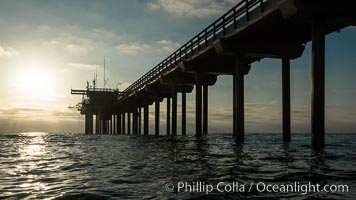
Scripps Pier, Surfer's view from among the waves. Research pier at Scripps Institution of Oceanography SIO, sunset.
Location: Scripps Institution of Oceanography, La Jolla, California
Image ID: 30154
Location: Scripps Institution of Oceanography, La Jolla, California
Image ID: 30154
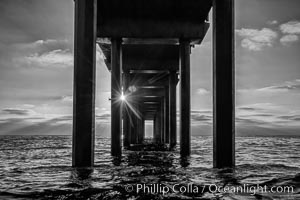
Scripps Pier, Surfer's view from among the waves. Research pier at Scripps Institution of Oceanography SIO, sunset.
Location: Scripps Institution of Oceanography, La Jolla, California
Image ID: 30157
Location: Scripps Institution of Oceanography, La Jolla, California
Image ID: 30157
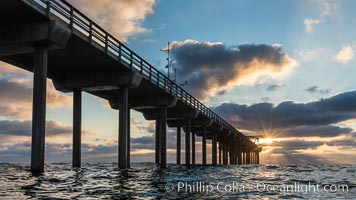
Scripps Pier, Surfer's view from among the waves. Research pier at Scripps Institution of Oceanography SIO, sunset.
Location: Scripps Institution of Oceanography, La Jolla, California
Image ID: 30160
Location: Scripps Institution of Oceanography, La Jolla, California
Image ID: 30160

Snow goose bearing neck and leg research ID tags, in flight.
Species: Snow goose, Chen caerulescens
Location: Bosque Del Apache, Socorro, New Mexico
Image ID: 26209
Species: Snow goose, Chen caerulescens
Location: Bosque Del Apache, Socorro, New Mexico
Image ID: 26209
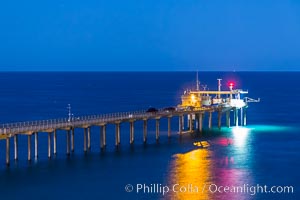
Scripps Institution of Oceanography Research Pier at night, lit with stars in the sky, old La Jolla town in the distance.
Location: Scripps Institution of Oceanography, La Jolla, California
Image ID: 28453
Location: Scripps Institution of Oceanography, La Jolla, California
Image ID: 28453
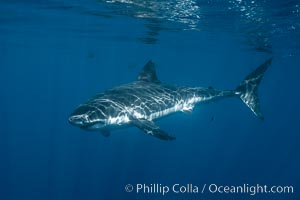
Great white shark, research identification photograph. A great white shark is countershaded, with a dark gray dorsal color and light gray to white underside, making it more difficult for the shark's prey to see it as approaches from above or below in the water column. The particular undulations of the countershading line along its side, where gray meets white, is unique to each shark and helps researchers to identify individual sharks in capture-recapture studies. Guadalupe Island is host to a relatively large population of great white sharks who, through a history of video and photographs showing their countershading lines, are the subject of an ongoing study of shark behaviour, migration and population size.
Species: Great white shark, Carcharodon carcharias
Location: Guadalupe Island (Isla Guadalupe), Baja California, Mexico
Image ID: 28768
Species: Great white shark, Carcharodon carcharias
Location: Guadalupe Island (Isla Guadalupe), Baja California, Mexico
Image ID: 28768
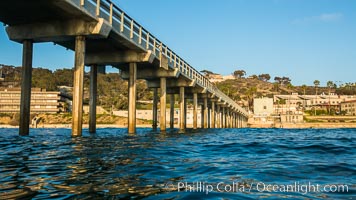
Scripps Pier, Surfer's view from among the waves. Research pier at Scripps Institution of Oceanography SIO, sunset.
Location: Scripps Institution of Oceanography, La Jolla, California
Image ID: 30155
Location: Scripps Institution of Oceanography, La Jolla, California
Image ID: 30155
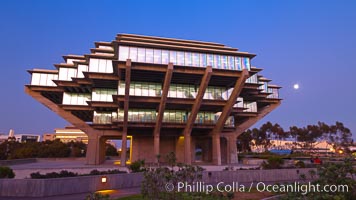
UCSD Library glows at sunset (Geisel Library, UCSD Central Library).
Location: University of California, San Diego
Image ID: 26908
Location: University of California, San Diego
Image ID: 26908
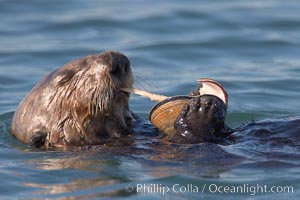
A sea otter eats a clam that it has taken from the shallow sandy bottom of Elkhorn Slough. Because sea otters have such a high metabolic rate, they eat up to 30% of their body weight each day in the form of clams, mussels, urchins, crabs and abalone. Sea otters are the only known tool-using marine mammal, using a stone or old shell to open the shells of their prey as they float on their backs.
Species: Sea otter, Enhydra lutris
Location: Elkhorn Slough National Estuarine Research Reserve, Moss Landing, California
Image ID: 21612
Species: Sea otter, Enhydra lutris
Location: Elkhorn Slough National Estuarine Research Reserve, Moss Landing, California
Image ID: 21612

Musee National d'Art Moderne, in Centre Georges Pompidou. Centre Georges Pompidou (also known as the Pompidou Centre) houses the Bibliotheque publique d'information, a vast public library, the Musee National d'Art Moderne which is the largest museum for modern art in Europe, and IRCAM, a centre for music and acoustic research.
Location: Musee National dArt Moderne, Paris, France
Image ID: 28136
Location: Musee National dArt Moderne, Paris, France
Image ID: 28136
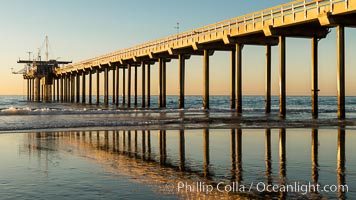
SIO Pier. The Scripps Institution of Oceanography research pier is 1090 feet long and was built of reinforced concrete in 1988, replacing the original wooden pier built in 1915. The Scripps Pier is home to a variety of sensing equipment above and below water that collects various oceanographic data. The Scripps research diving facility is located at the foot of the pier. Fresh seawater is pumped from the pier to the many tanks and facilities of SIO, including the Birch Aquarium. The Scripps Pier is named in honor of Ellen Browning Scripps, the most significant donor and benefactor of the Institution.
Location: Scripps Institution of Oceanography, La Jolla, California
Image ID: 36558
Location: Scripps Institution of Oceanography, La Jolla, California
Image ID: 36558
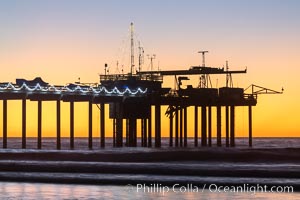
Scripps Institution of Oceanography Research Pier at sunset, with Christmas Lights and Christmas Tree.
Location: Scripps Institution of Oceanography, La Jolla, California
Image ID: 36613
Location: Scripps Institution of Oceanography, La Jolla, California
Image ID: 36613
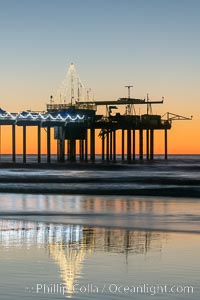
Scripps Institution of Oceanography Research Pier at sunset, with Christmas Lights and Christmas Tree.
Location: Scripps Institution of Oceanography, La Jolla, California
Image ID: 36614
Location: Scripps Institution of Oceanography, La Jolla, California
Image ID: 36614
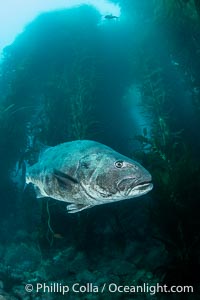
Giant Black Sea Bass with Distinctive Identifying Black Spots that allow researchers to carry out sight/resight studies on the animals distributions and growth. Black sea bass can reach 500 pounds and 8 feet in length.
Species: Giant black sea bass, Stereolepis gigas
Location: Catalina Island, California
Image ID: 39454
Species: Giant black sea bass, Stereolepis gigas
Location: Catalina Island, California
Image ID: 39454
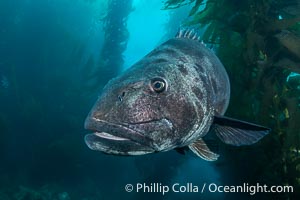
Giant Black Sea Bass with Distinctive Identifying Black Spots that allow researchers to carry out sight/resight studies on the animals distributions and growth. Black sea bass can reach 500 pounds and 8 feet in length.
Species: Giant black sea bass, Stereolepis gigas
Location: Catalina Island, California
Image ID: 39455
Species: Giant black sea bass, Stereolepis gigas
Location: Catalina Island, California
Image ID: 39455
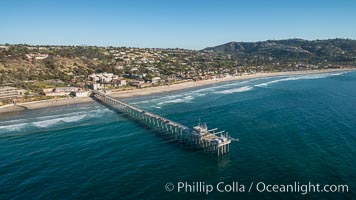
Aerial Photo of Scripps Pier. SIO Pier. The Scripps Institution of Oceanography research pier is 1090 feet long and was built of reinforced concrete in 1988, replacing the original wooden pier built in 1915. The Scripps Pier is home to a variety of sensing equipment above and below water that collects various oceanographic data. The Scripps research diving facility is located at the foot of the pier. Fresh seawater is pumped from the pier to the many tanks and facilities of SIO, including the Birch Aquarium. The Scripps Pier is named in honor of Ellen Browning Scripps, the most significant donor and benefactor of the Institution.
Image ID: 30737
Image ID: 30737
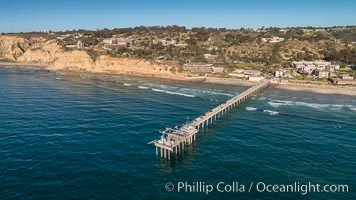
Aerial Photo of Scripps Pier. SIO Pier. The Scripps Institution of Oceanography research pier is 1090 feet long and was built of reinforced concrete in 1988, replacing the original wooden pier built in 1915. The Scripps Pier is home to a variety of sensing equipment above and below water that collects various oceanographic data. The Scripps research diving facility is located at the foot of the pier. Fresh seawater is pumped from the pier to the many tanks and facilities of SIO, including the Birch Aquarium. The Scripps Pier is named in honor of Ellen Browning Scripps, the most significant donor and benefactor of the Institution.
Image ID: 30738
Image ID: 30738
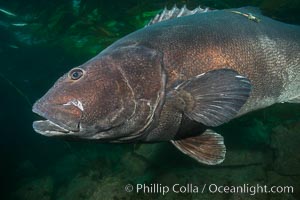
Giant black sea bass with research tag, endangered species, reaching up to 8' in length and 500 lbs, amid giant kelp forest.
Species: Giant black sea bass, Stereolepis gigas
Location: Catalina Island, California
Image ID: 33391
Species: Giant black sea bass, Stereolepis gigas
Location: Catalina Island, California
Image ID: 33391
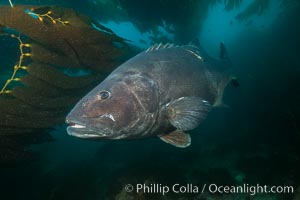
Giant black sea bass with research tag, endangered species, reaching up to 8' in length and 500 lbs, amid giant kelp forest.
Species: Giant black sea bass, Stereolepis gigas
Location: Catalina Island, California
Image ID: 33392
Species: Giant black sea bass, Stereolepis gigas
Location: Catalina Island, California
Image ID: 33392
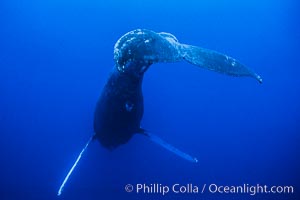
Adult male humpback whale singing, suspended motionless underwater. Only male humpbacks have been observed singing. All humpbacks in the North Pacific sing the same whale song each year, and the song changes slightly from one year to the next.
Species: Humpback whale, Megaptera novaeangliae
Location: Maui, Hawaii
Image ID: 02795
Species: Humpback whale, Megaptera novaeangliae
Location: Maui, Hawaii
Image ID: 02795
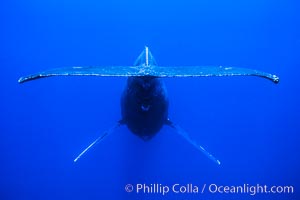
Adult male humpback whale singing, suspended motionless underwater. Only male humpbacks have been observed singing. All humpbacks in the North Pacific sing the same whale song each year, and the song changes slightly from one year to the next.
Species: Humpback whale, Megaptera novaeangliae
Location: Maui, Hawaii
Image ID: 02800
Species: Humpback whale, Megaptera novaeangliae
Location: Maui, Hawaii
Image ID: 02800
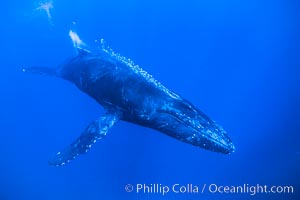
Humpback whale male escort emits a stream of bubbles during competitive group socializing. The whale is swimming so fast that the bubbles pass back alongside the whale.
Species: Humpback whale, Megaptera novaeangliae
Location: Maui, Hawaii
Image ID: 02822
Species: Humpback whale, Megaptera novaeangliae
Location: Maui, Hawaii
Image ID: 02822
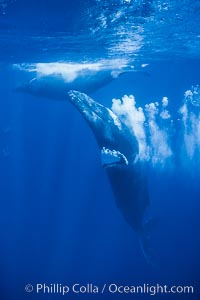
Adult male humpback whale bubble streaming underwater. The male escort humpback whale seen here is emitting a curtain of bubbles as it swims behind a female (left) during a competitive group. The bubble curtain may be meant as warning or visual obstruction to other male whales interested in the mother.
Species: Humpback whale, Megaptera novaeangliae
Location: Maui, Hawaii
Image ID: 02826
Species: Humpback whale, Megaptera novaeangliae
Location: Maui, Hawaii
Image ID: 02826
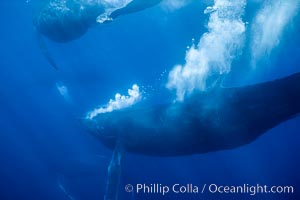
Primary escort male humpback whale bubble streaming during competitive group socializing. This primary escort is swimming behind a female. The bubble curtain may be a form of intimidation towards other male escorts that are interested in the female.
Species: Humpback whale, Megaptera novaeangliae
Location: Maui, Hawaii
Image ID: 04430
Species: Humpback whale, Megaptera novaeangliae
Location: Maui, Hawaii
Image ID: 04430
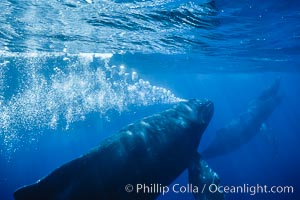
Adult male humpback whale bubble streaming underwater. The male escort humpback whale seen here is emitting a curtain of bubbles as it swims behind a mother and calf. The bubble curtain may be meant as warning or visual obstruction to other nearby male whales interested in the mother.
Species: Humpback whale, Megaptera novaeangliae
Location: Maui, Hawaii
Image ID: 04442
Species: Humpback whale, Megaptera novaeangliae
Location: Maui, Hawaii
Image ID: 04442
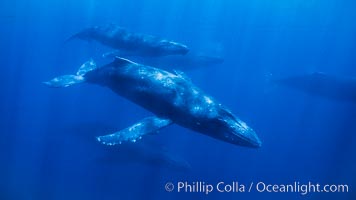
Large competitive group of humpback whales seen underwater.
Species: Humpback whale, Megaptera novaeangliae
Location: Maui, Hawaii
Image ID: 04464
Species: Humpback whale, Megaptera novaeangliae
Location: Maui, Hawaii
Image ID: 04464
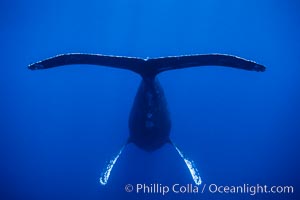
Adult male humpback whale singing, suspended motionless underwater. Only male humpbacks have been observed singing. All humpbacks in the North Pacific sing the same whale song each year, and the song changes slightly from one year to the next.
Species: Humpback whale, Megaptera novaeangliae
Location: Maui, Hawaii
Image ID: 04484
Species: Humpback whale, Megaptera novaeangliae
Location: Maui, Hawaii
Image ID: 04484
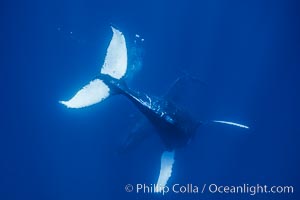
Humpback whale turning underwater showing ventral aspect of fluke with an entirely white fluke pattern.
Species: Humpback whale, Megaptera novaeangliae
Location: Maui, Hawaii
Image ID: 04490
Species: Humpback whale, Megaptera novaeangliae
Location: Maui, Hawaii
Image ID: 04490
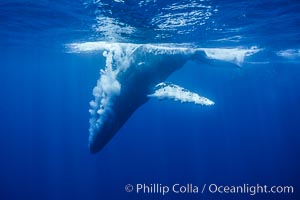
Male humpback whale emits an underwater stream of bubbles as it dives quickly during competitive group activities.
Species: Humpback whale, Megaptera novaeangliae
Location: Maui, Hawaii
Image ID: 04493
Species: Humpback whale, Megaptera novaeangliae
Location: Maui, Hawaii
Image ID: 04493
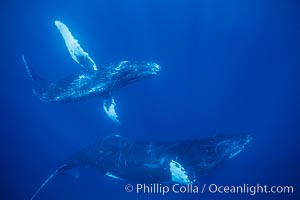
Humpback whales turning sharply in competitive group.
Species: Humpback whale, Megaptera novaeangliae
Location: Maui, Hawaii
Image ID: 04522
Species: Humpback whale, Megaptera novaeangliae
Location: Maui, Hawaii
Image ID: 04522